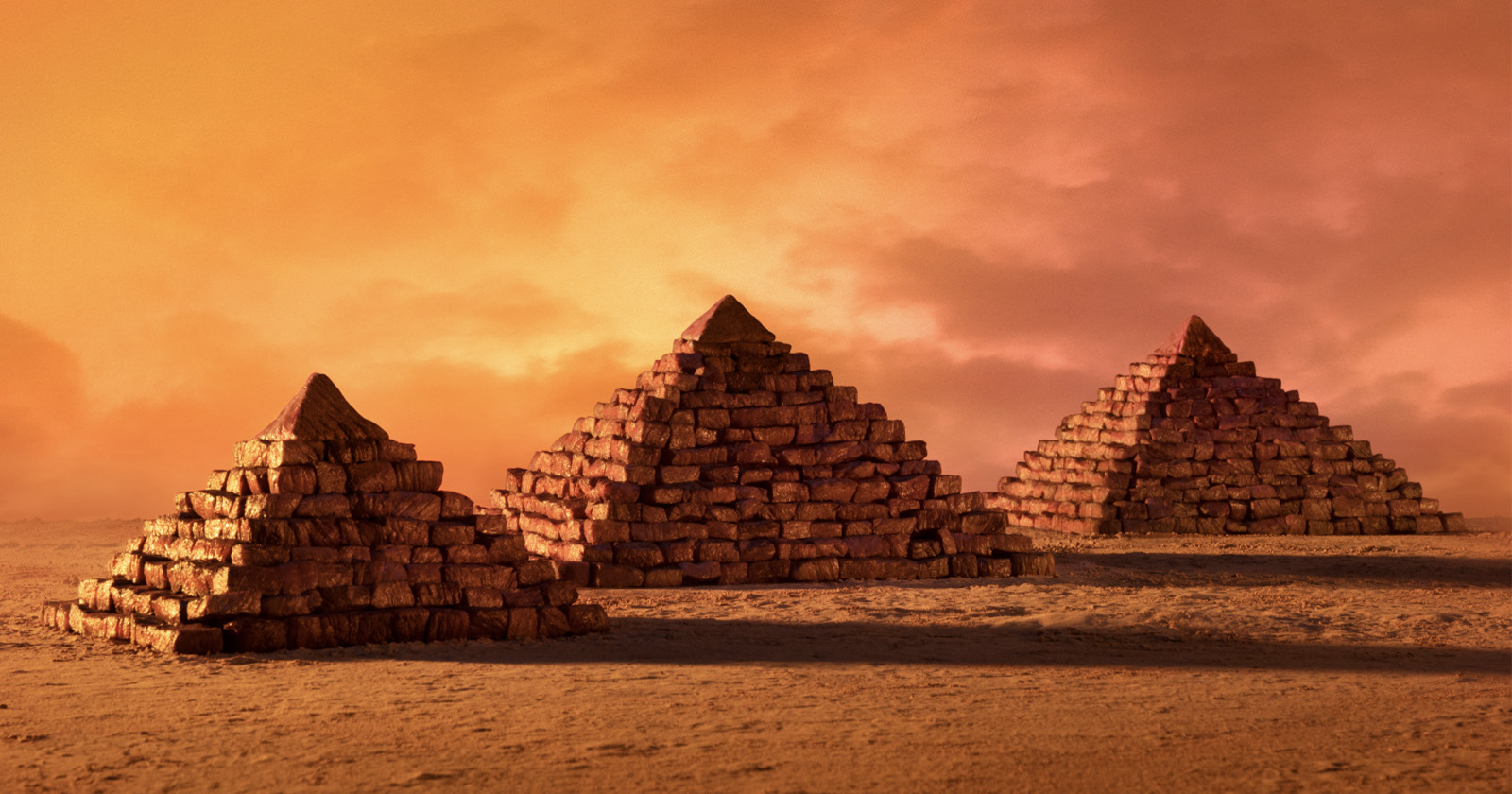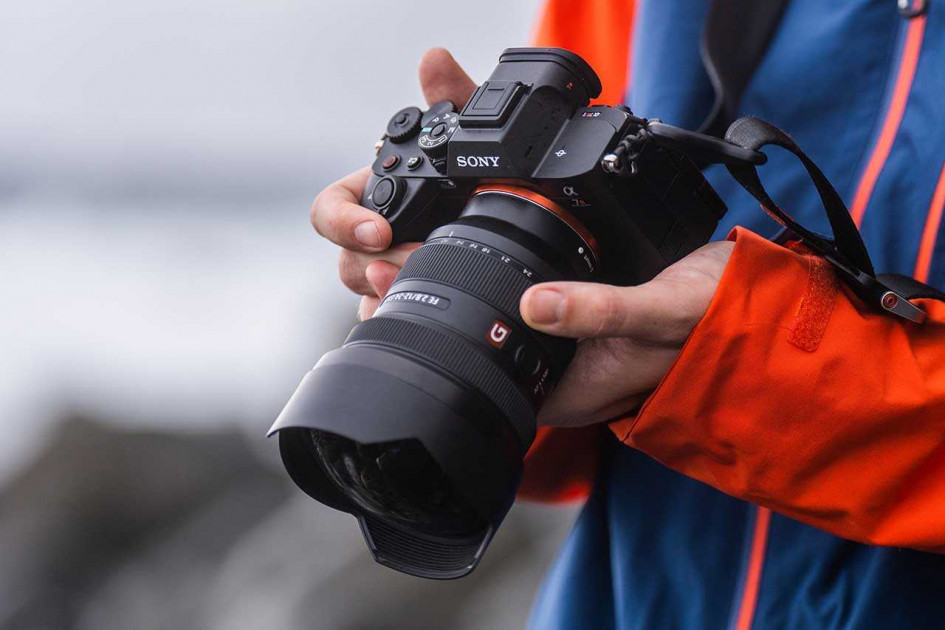
Miyazaki Wagyu, or Miyazakigyu, is considered one of the top brands of Japanese Wagyu. To celebrate a recent win at the Wagyu Olympics, the company created what it calls “meat models” of four World Heritage landscapes out of its exemplary beef.
Wagyu is defined as any one of four Japanese breeds of beef cattle, which are known for a significantly increased percentage of fat due to a lifestyle that is low on grazing and high on feed (and sometimes Japanese beer). The result is a highly sought-after, expensive, luxury food item.
Miyazaki is an award-winning brand of the Japanese specialty beef and was recently selected as the winner of the Prime Minister Award at The Competitive Exhibition of Wagyu, also known as the Wagyu Olympics. In celebration of becoming champion, the company created a special food art promotional video and photo series that recreates four world heritage landscapes: the Pyramids of Giza, the Grand Canyon, Ayers Rock, and Mount Fuji.
The entire production (including test runs) used 110.7 kilograms (about 244 pounds) of Wagyu beef which cost 1.4 million yen (about $9,500). Miyazaki says that in order to get it perfect for the vision of the art piece, it repeatedly –through trial and error — needed to try different cooking methods and lighting situations to create what it says is a final video that showcases “the utmost care and creativity.”
None of the beef went to waste either, as the company says that all of the beef was “savored” after the video shoot was completed. The full behind-the-scenes video of this monumental meat production (below) shows the size of the crew and the set as well as the intricacy with which they put together the “landscapes.”
Of note, clearly visible in the behind-the-scenes video is the use of the Laowa probe macro lens, which is how the company was able to create a sense of scale with the beef structures.
To construct the pyramids, Miyazaki says that the meat was carefully cut so that each block would line up nicely and would not become uneven.
![]()
For Ayers Rock, the company “auditioned” multiple cuts before determining the perfect one that would be a suitable recreation of the formation.
![]()
To create the Grand Canyon, Miyazaki used various combinations of cuts and colors to create the distinctive cliff face and landscape of the region.
![]()
Finally, for Mount Fuji, the company arranged beef to show “the difference in expression” between the top and the foot of the mountain, while “carefully exploring the balance of the fatty parts.”
![]()
As a note, this is not the first time that Miyazaki has recreated Mount Fuji out of its Wagyu: it also did it five years ago which can be seen in a video on the company’s YouTube channel.
For those who are curious to learn more about Wagyu beef, the company has published a blog post that explains the different types and why it is so expensive.
Image credits: Miyazaki Wagyu







